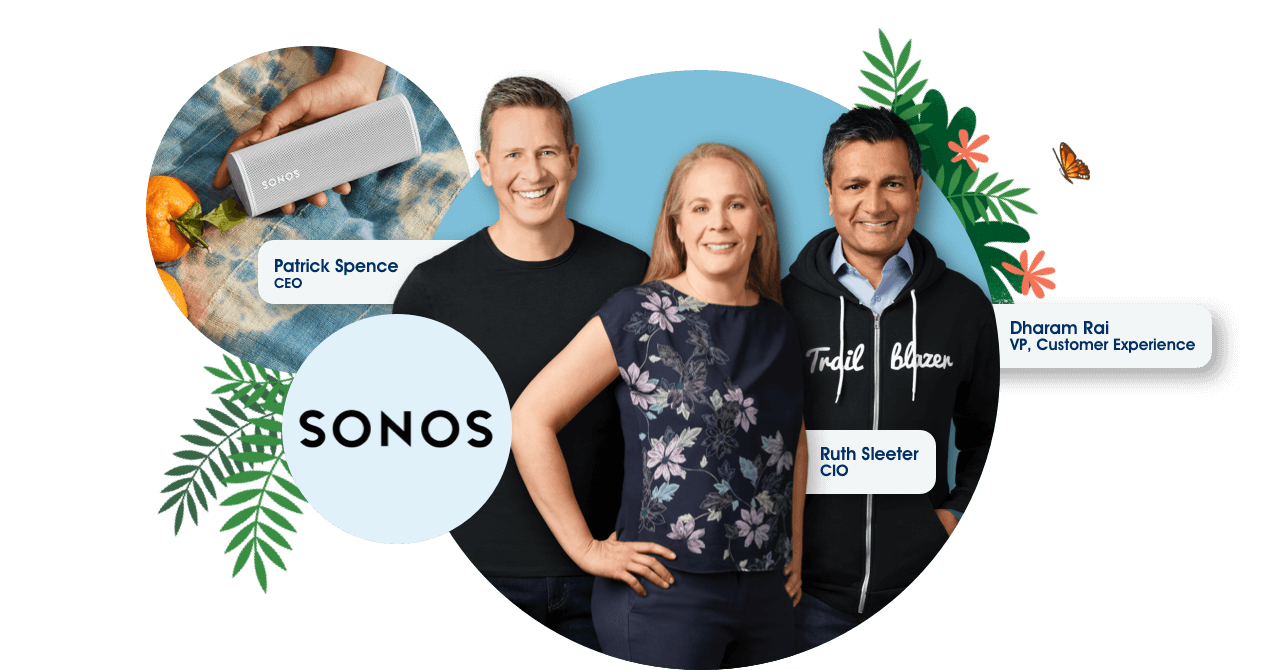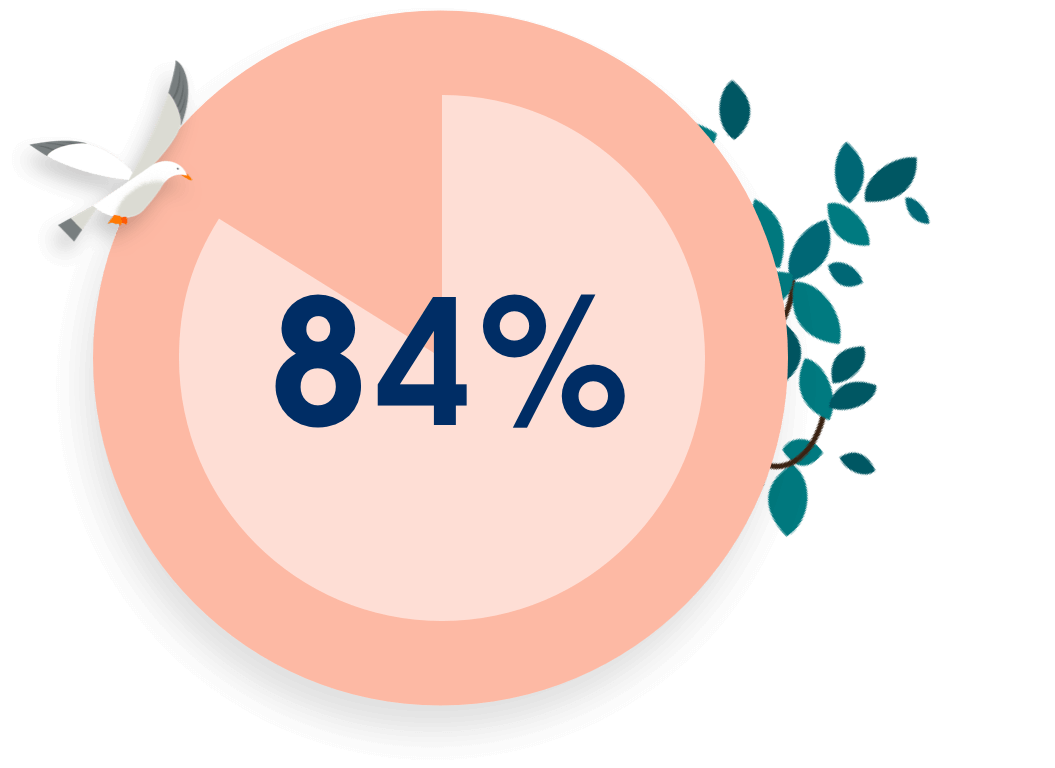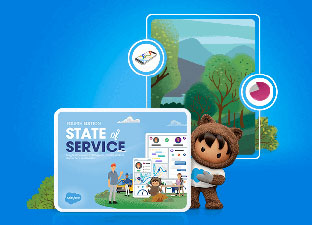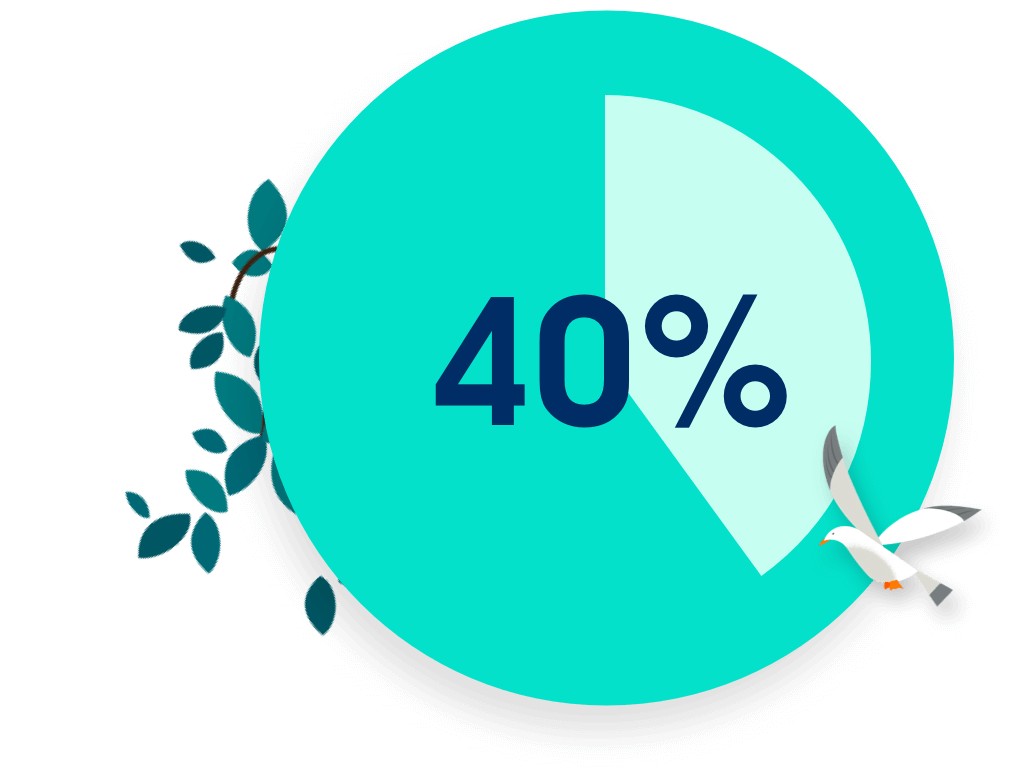Sonos creates connected customer experiences to amplify relationships.
Learn how Sonos adapted to customer needs during the pandemic with one integrated platform.
At Sonos, premium experiences are everything. As the inventor of multi-room wireless home audio, Sonos innovation helps the world listen better by giving people access to the content they love and allowing them to control it however and wherever they choose.
But when the COVID-19 pandemic shut down brick-and-mortar retailers across the country, Sonos lost its traditional path to consumers. Immediately, Sonos had to find a way to bring the power of the in-store experience online, doubling down on digital-first revenue and ecommerce.
Since then, the company has been able to continue building customer relationships despite the unexpected shift and restrictions on in-person distribution channels. By directly interacting with customers across commerce, service, and marketing, Sonos was able to increase its direct-to-consumer (D2C) share of the business — all from one integrated platform.
Patrick Spence, CEO at Sonos, has been at the company for more than 12 years, applying his expertise in hardware and software technology to help listeners design the soundtrack of their lives. Because of the work he and his team had done upfront to build a connected platform, Sonos was able to quickly pivot to D2C experiences when it mattered most.
Let’s take a look at how Patrick and the team at Sonos are using Einstein 1 to change how they grow their relationships with customers in ways that meet their evolving needs.
In Their Own Words...
1. Connect with shoppers anytime, anywhere.
Prior to the pandemic, Sonos was already focused on improving D2C ecommerce sales through its website. But an unprecedented influx of ecommerce during quarantining (and little time to prepare) forced the company to accelerate its plans. With no brick-and-mortar retailer partners open to sell Sonos products during the early days of the pandemic, the company turned to its website to connect with customers directly.
Because Sonos already had centralized data and a 360-degree view of customers in place, the company was able to address the flood of B2C transactions with seamless, connected digital experiences across every touchpoint, no matter which department consumers interacted with. And by scaling both digital commerce and marketing, Sonos was able to message and advise customers of changes or delays in fulfillment directly in shopping carts to set the right expectations with delivery estimates. The result was an 84% increase in ecommerce growth year over year.
2. Scale service to meet changing customer needs.
Alongside dramatic increases in D2C sales, Sonos also saw an increase in service requests. With a digital service strategy and single source of truth already in place, Sonos could scale to meet these increased requests by augmenting agents’ productivity with AI and automated tools to resolve customer needs. For customers who prefer to speak with a live person for support, Sonos adopted a voice tool to deliver the same level of personalization and intelligence by phone, resulting in 10% faster call resolution. And with a convenient user community of knowledge articles, customers could also use self-service for quicker answers.
“The customer doesn’t think about just needing service. They think about their entire experience with Sonos. So why wouldn’t we?” said Ruth Sleeter, CIO, Sonos.

Chatbots also allowed Sonos to address more customer needs, while providing an interactive experience. And because the chatbots are connected to CRM, they can even help customers with requests like open case lookup or order status, resulting in a 40%+ deflection rate in case volume.
Using a single view of each customer’s case and order history, agents can deliver more personalized and efficient service, saving 5 hours per week.
Sonos is also wall-to-wall on Slack with several automated workflows, making it easy to operate as a cohesive unit despite working remotely across distributed teams. Teams can swarm on a case alongside service data to make informed decisions that result in seamless service experiences.
Third party service agents can join the conversation too. Slack Connect allows Sonos to include them using shared channels — without requiring intense guest account management.
And customers benefit from helpful, engaging experiences that they want to share with friends and family. Amidst the pandemic, Sonos was able to achieve its 16th year of revenue growth.
40%+
deflection in
case volume
10%
decrease in
average call time
5hours
per week saved
in productivity
Ready to implement strategic customer service? Get the “State of Service” report.
Please fill out the form to see what 7,000+ service professionals across 33 countries have to say about the strategic role of customer service today.
3. Empower employees with seamless, intelligent experiences.
Keeping data centralized has allowed Sonos employees to work faster and smarter than ever. Automated workflows within the platform have helped Sonos reduce training times and onboard new agents quicker by connecting multiple processes and teams into one seamless workflow — so employees can start helping customers faster.
Plus, customer service managers can forecast service demand and build omni-channel capacity plans in real time with AI, ensuring proper staffing to deliver the best possible service.
4. Build loyalty with targeted journeys.
To sell directly to consumers, communicating with them one-on-one is critical. But Sonos is not interested in just creating one-time customers. Data-first digital marketing allows Sonos to create personalized customer journeys based on login patterns, shopping cart abandonment behavior, and other usage data to build loyalty that results in repeat purchases.
At the start of the pandemic when the supply chain was heavily impacted, Sonos was able to quickly update its website to accurately reflect product availability and lead times. And with behavioral triggers in place for user emails captured through the site, Sonos has been able to personalize and automate email notifications when products that the customer is interested in are back in stock or have dropped in price.
In addition to messaging customers directly in carts, Sonos also set up retargeting efforts, creating multiple ad campaigns on owned and paid channels to redirect consumers from competitor search results.
Ready to build a single view of your customer?
More Resources

Article
Five Ways to Optimize Your Ecommerce Storefront for High-Scale Volume

Video
Service That Is Built for Personalization: 5 Customer Stories

Customer Story
How Bentley Motors Is Reimagning Its Customer Experience for the Next 100 Years








